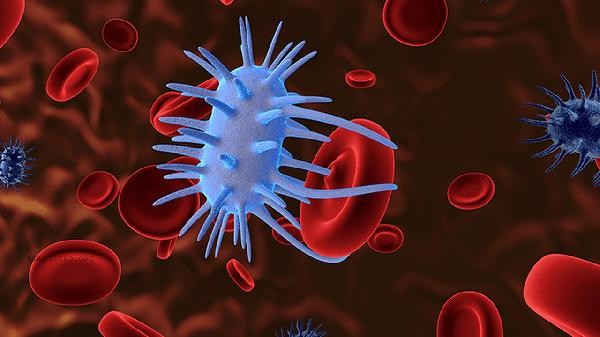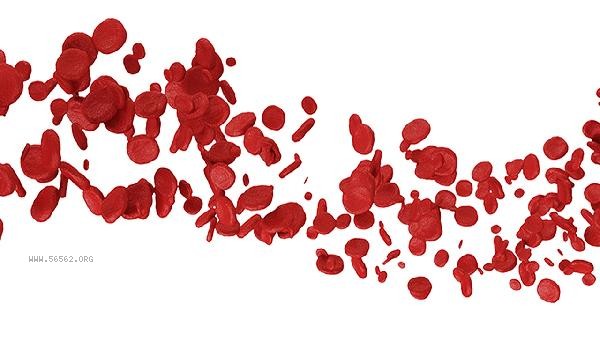The normal range of hematocrit is 40% -50% for males and 35% -45% for females. The specific values may be affected by factors such as age, altitude, and testing methods.
1. Gender difference:

The hematocrit of males is generally higher than that of females, which is related to the promotion of red blood cell production by androgens. The lower limit of normal values for adult males is usually not less than 40%, and for females it is not less than 35%. Pregnant women may experience physiological decline due to increased blood volume.
2. Age factor:
The hematocrit of newborns can reach 50% -60%, gradually decreasing to adult levels during childhood. The bone marrow hematopoietic function of elderly people is reduced, and the normal value may be 3% -5% lower than that of adults. Residents in high-altitude areas may experience a 5% -8% increase in normal values due to hypoxia stimulation.
3. Detection method:

The values measured by centrifugation are usually 1% -2% higher than those of automated blood analyzers. Different blood collection sites can also affect the results, with venous blood being about 2% lower than capillary blood. Improper use of anticoagulants may lead to pseudo reduction.
4. Pathological changes:
Dehydration and polycythemia vera can cause the value to exceed 55%; Anemia and leukemia often account for less than 30%. Patients with chronic obstructive pulmonary disease may have secondary elevation, while those with renal dysfunction often have accompanying decrease.
5. Clinical significance: Combining
with hemoglobin concentration is more valuable in determining the type of anemia. Abnormal values require re examination and improvement of iron metabolism, vitamin B12, and other examinations. Long term abnormalities may affect blood viscosity and microcirculation. Maintaining a balanced diet can help maintain normal hematocrit. Moderate intake of iron rich animal liver and lean meat, combined with vitamin C to promote iron absorption. To avoid blood concentration caused by long-term high salt diet, drink 1500-2000 milliliters of water daily. Aerobic exercise can improve bone marrow hematopoietic function, but high-altitude exercise requires monitoring of blood indicators. Smokers should undergo regular testing as carbon monoxide combined with hemoglobin may cause false elevation. If any abnormalities are found during the physical examination, it is recommended to have a follow-up examination after 3 months. If the abnormalities persist, it is necessary to seek medical attention from a hematology specialist.









Comments (0)
Leave a Comment
No comments yet
Be the first to share your thoughts!